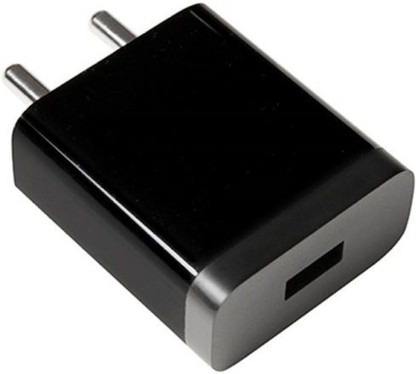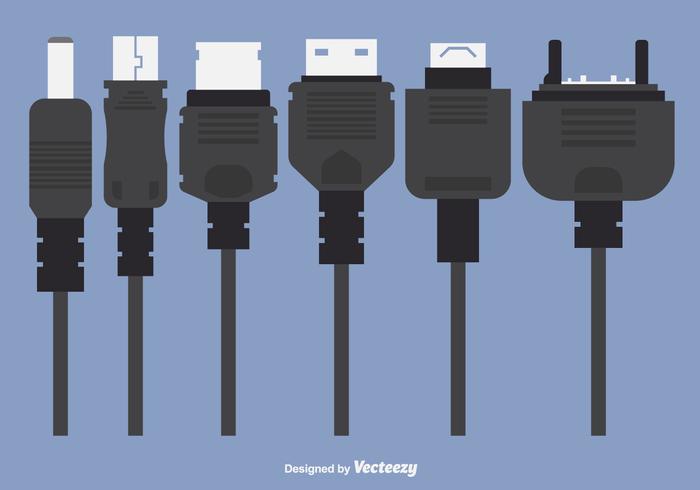

Watching video, playing a game, running a WiFi hotspot, or just running a poorly written app on your device will use more power than when the device being charged is doing relatively little. In most cases, a sufficiently powerful charger will provide power faster than it’s being used, and your device will charge, albeit more slowly if it’s running one or more of those power-draining applications. What does it mean to “work hard”? Well, that varies. They use more power when they’re working hard on then they do when they’re idle. Most smartphones, for example, are nothing more than small computers. While the charger you use can definitely make a difference as to how quickly your device charges, so will what that device is doing at the time. What the device is doing at the time matters It’ll almost certainly charge your device faster. This charger is capable of providing four times the amount of power as a standard USB data connection. Thus, it would charge your device faster (though not necessarily 1.5 times faster, as things are rarely that simple).Īnother might offer 2.0A (two Amps, or 2000mA). An adapter with that rating can provide 1.5 times the power of a standard USB data connection from your laptop.

For example: Output 5.1V (5.1 volts 4) and 750mA. Providing more power means using more expensive components, so many USB power adapters err on the side of “not much”.Įvery charger has its output specifications printed on it somewhere, often in incredibly tiny print.

It’s up to the power adapter’s manufacturer to determine the capacity of their device 3. USB chargers, however, have no such limitation. In fact, it’s definitely the low end, and results in a very slow charge for many devices. But today, while that’s enough to run many devices, it’s not really all that exciting for charging devices. It specifies that the voltage should be 5 volts, and that the amperage provided by a computer’s USB data connection should not exceed half an amp, or 500 milliamps (500mA), where a milliamp is one one-thousandth of an Amp 2. It turns out that USB, while a very nice, albeit occasionally frustrating, standard for connectors used for USB, actually gets in the way. So the only thing we can control is amperage. If the holes aren’t the same size, things could get messy.) (Perhaps you’re using your squirt gun to fill a bottle. In a way, that means we can line up or plug in any two holes of the same size, and they’ll fit. When it comes to USB connectors, the “size of the hole” is fixed at 5 volts. You can get more water out faster either of two ways: Amperage is analogous to how hard you pull the trigger.Voltage is akin to the size of the hole that the water comes out of.To use it, you squeeze a trigger to shoot the water out of the gun. Voltage and amperage are confusing concepts. An admittedly over-simplified 1 metaphor looks like this:Ĭonsider a squirt gun – typically a plastic toy that you fill with water. That’s a measure of how much electricity, or “current,” can actually be provided through the wire at 5 volts.Īs it turns out, amperage makes all the difference. Where things differ is in the amperage that the charger provides. Power provided over USB cables is 5 volts, period. It’s that 5-volt side that is then connected to your device to charge it. 5 volts is not only the same on all chargers, it’s actually part of the USB standard. But one of the most important, and often unnoticed, differences is in how much charging power they provide.Īll chargers take your line voltage – typically 120 or 220 volts – and convert it to 5 volts. I’ll warn you: for the first, at least, you’re going to need a magnifying glass, or at least extremely good eyesight.Ĭhargers vary a great deal in size, shape, and quality. Two things are at play here: how much power your charger can supply, and how much power your phone is using while it’s being charged.


 0 kommentar(er)
0 kommentar(er)
